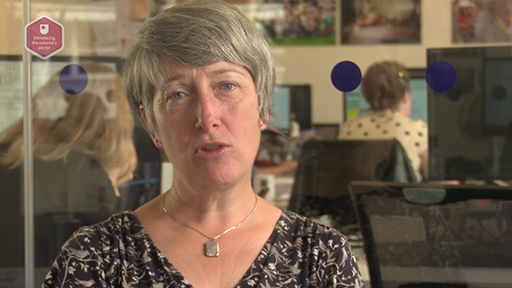Week 4: Who funds voluntary and community organisations?
Introduction
Organisations need resources to grow and develop, as well as to provide services and conduct different activities. For many voluntary organisations, securing funding and other resources is a constant challenge. Last week you explored the monetary value and contribution of the voluntary sector. This week you will learn where funding for voluntary organisations comes from.
Every voluntary organisation needs resources in order to fulfil its mission. ‘Resourcing’ organisations refers primarily to money, as this is needed to buy other resources like staff, premises and materials. However, some resources come in kind, such as volunteers, loans of staff or gifts of refurbished office furnishings. Most organisations will be reliant on different sources of funding, including government contracts, grants, donations and income from their own trading activities or investments.
This week you will find out about the different types of funding available to voluntary organisations and the degree of freedom they have in how to spend this money. You will explore who funds voluntary organisations: the funders can be public, private or other voluntary organisations, as well as individuals. You will also explore what issues might arise if funding is cut or if organisations rely too much on one source of funding.
You can also attempt the first compulsory badge quiz this week.
In the following video, the course author, Julie Charlesworth, introduces you to Week 4.

Transcript
By the end of this week, you should be able to:
- outline the different types of funding organisations in the voluntary sector
- understand the most important sources of funding
- describe the potential impact of government spending cuts on voluntary sector income
- find the information you need about funding in the voluntary sector.
